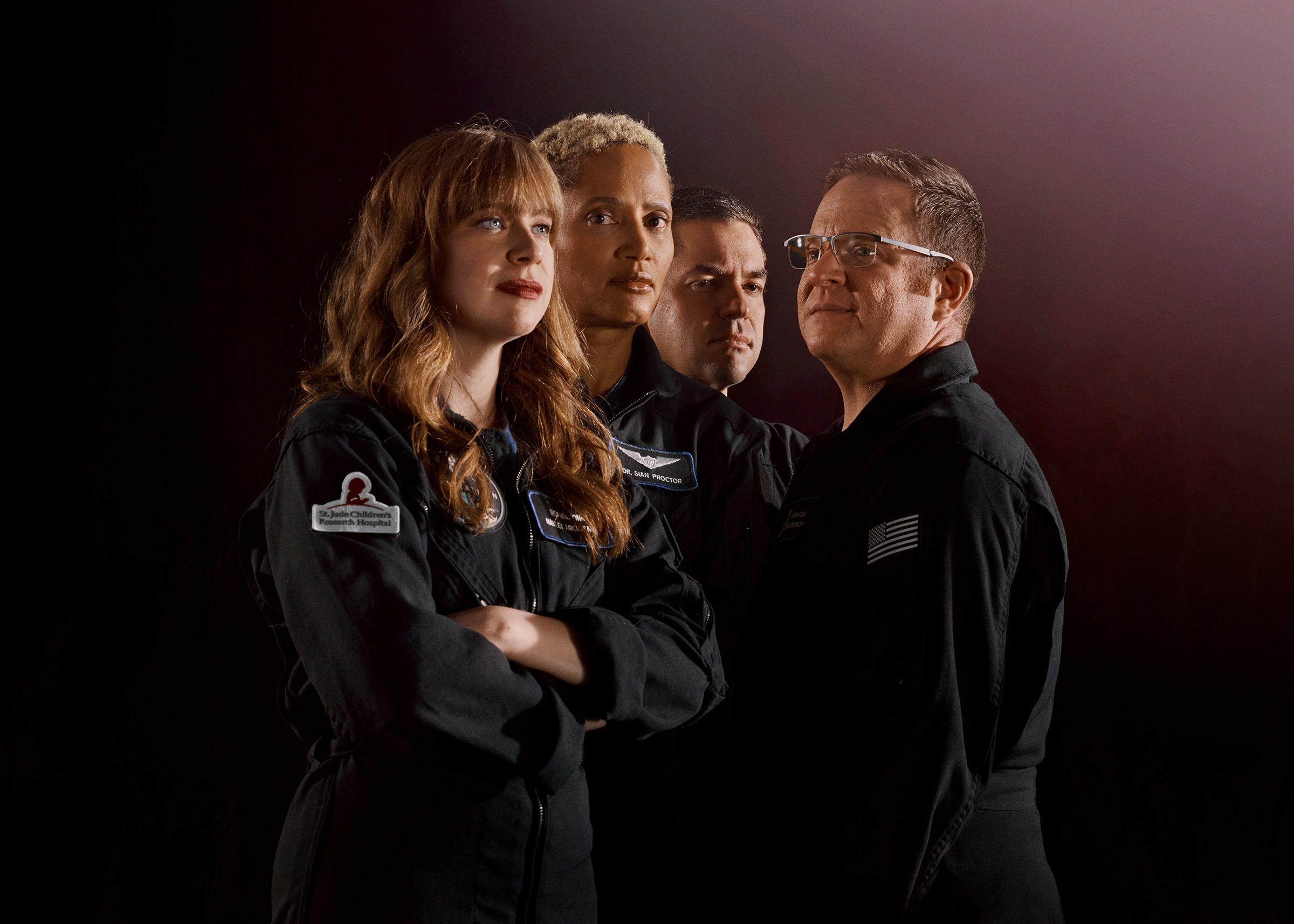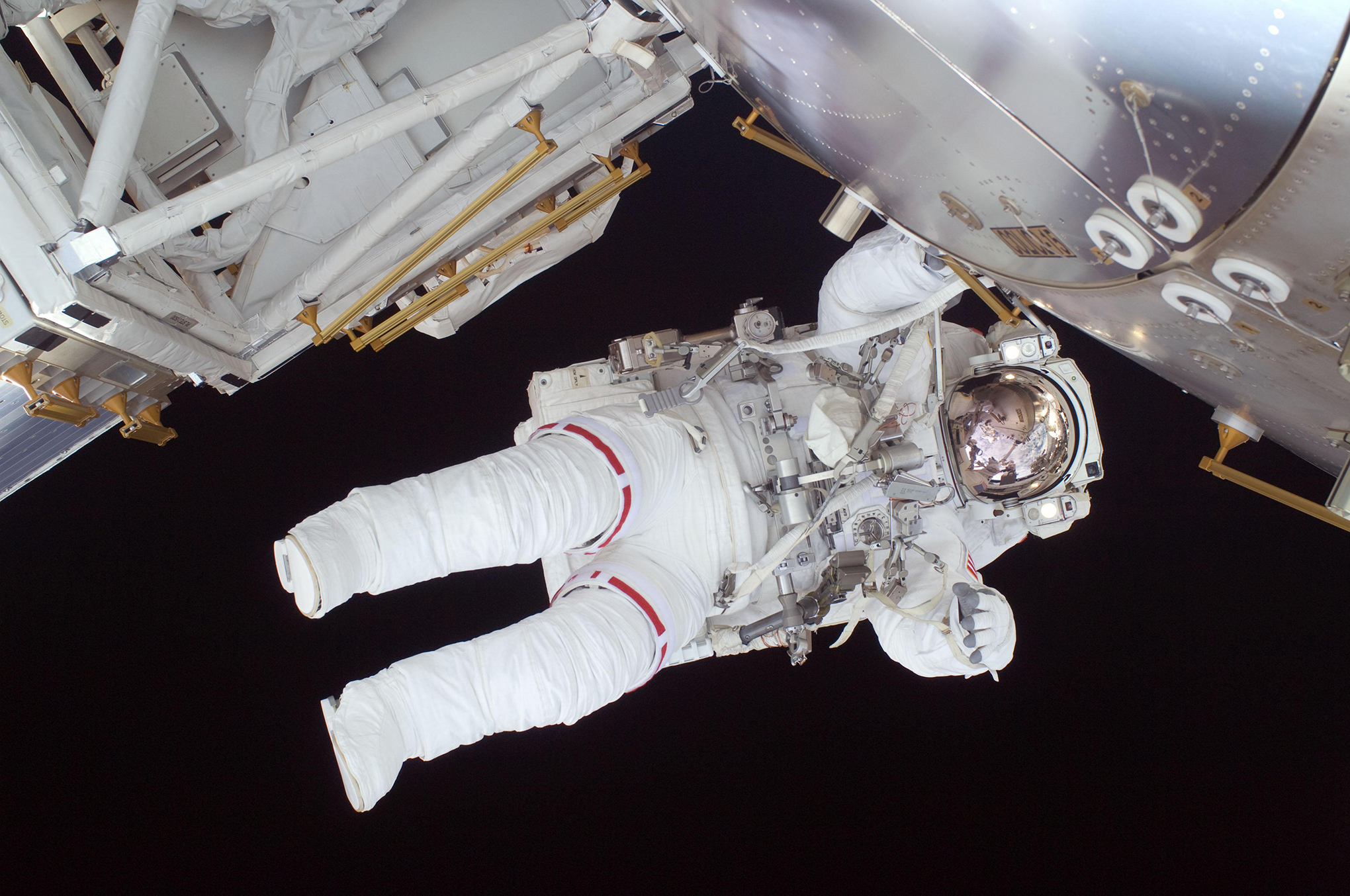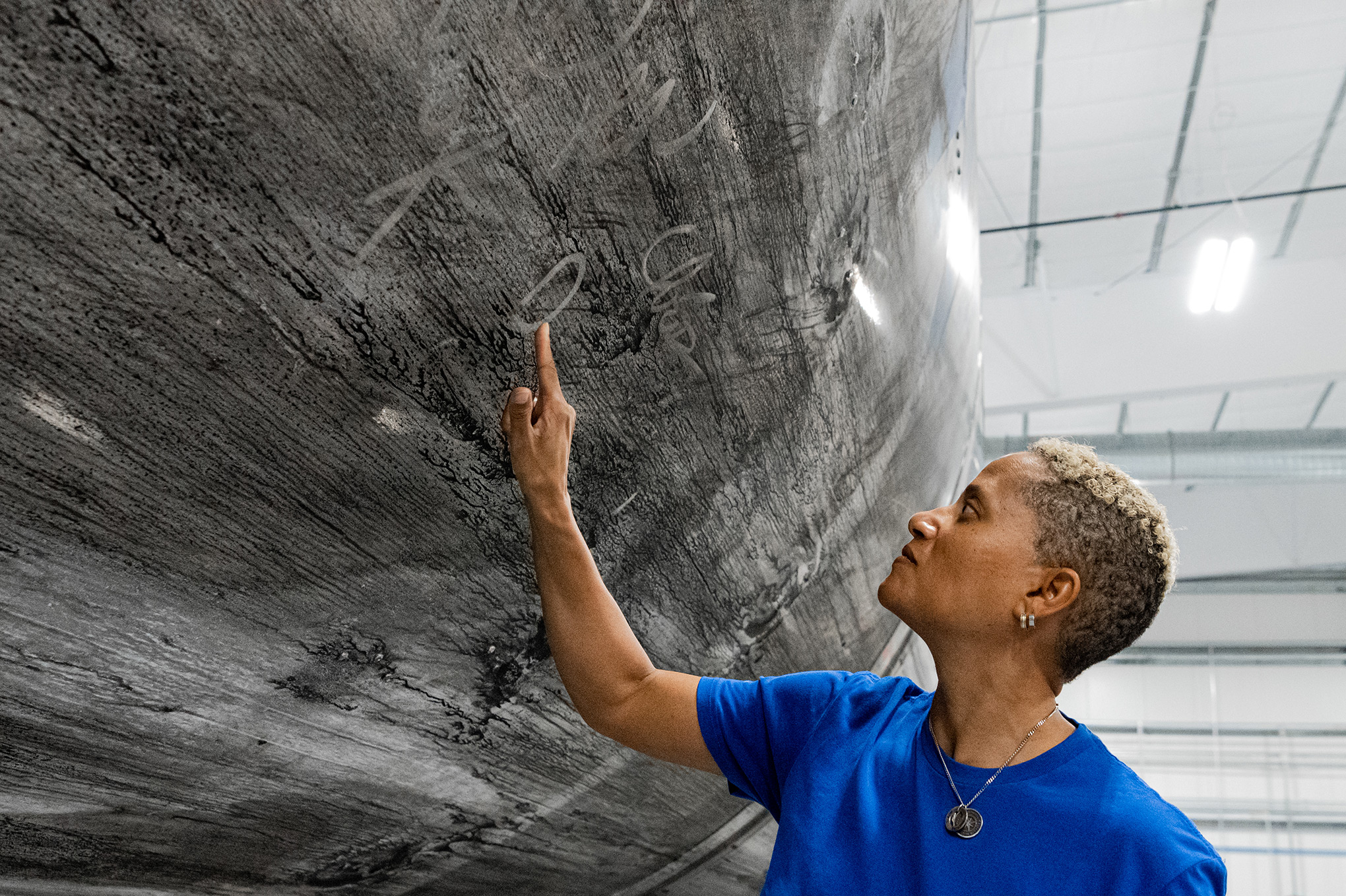
TIME Studios is producing the Netflix documentary series Countdown: Inspiration 4 Mission to Space, starting Sept. 6.
On Sept. 15, if all goes according to plan, Jared Isaacman—the billionaire CEO of Shift4 Payments—and three other private citizens will strap into a SpaceX Crew Dragon spacecraft—all four seats paid for by Isaacman—and blast off for orbit on the mission dubbed Inspiration4. Three days later they will return to Earth. Unlike most of the rest of us, they will have spent time off of the planet. But will that earn them the label of “astronaut?”
Time was, it was easy to recognize an astronaut. They were all test pilots, they wore silvery space suits and signature buzz cuts and they had perfect fly-boy names like Deke and Gus and Al and Gordo. That they were all white males was often overlooked in the fawning media coverage of the time, but that changed, happily if belatedly, as women and people of color joined the corps in later years.
Now things are changing again—fast. With the opening of the private space sector, all manner of people who don’t write the word “astronaut” on the occupation line of their tax return are queuing up to fly. Blue Origin and Virgin Galactic, both of which launched high-profile missions involving their respective founders Jeff Bezos and Richard Branson earlier this summer, aim to begin regularly carrying paying customers on brief, 11-minute suborbital flights soon. And SpaceX is selling seats not just to Isaacman and his Inspiration4 crew—the company, along with rival private firm Axiom Space, is also selling tickets to the International Space Station (ISS) beginning in January 2022.
Read more: What to know about the Inspiration4 mission
Civilians have flown into space before. Former Senator Bill Nelson, who was sworn in as administrator of NASA in May, finagled a junket for himself aboard a space shuttle flight in 1986, as did former Senator Jake Garn the year before. And a handful of people, including entrepreneur and video game developer Richard Garriott, have bought seats aboard Russian Soyuz spacecraft for trips to the ISS. But the current surge in private space flight is something much bigger—and likely only to grow. So, will the elite band of fewer than 600 people who have earned the title astronaut—or cosmonaut in Russia, or Taikonaut in China—suddenly become a rabble of thousands whose singular qualifying criterion was the disposable cash to buy a ticket and take a ride? That’s a question that has a lot of people wondering—and at least a few shrugging.
“I try not to get all wrapped around the word,” says Nicole Stott, a retired NASA astronaut, who twice flew to space and served a long-duration mission aboard the ISS. “Maybe it’s just a question of achieving a presence in some place with whatever role you have when you’re there.”

Not everyone is so at ease with the matter. The “some place” Stott mentions may be loosely described as space, but has always been more strictly defined as anything above the so-called Von Kármán line. That’s a boundary point 100 km (62 mi.) above Earth named for Hungarian-American engineer Theodore von Kármán, who helped determine the altitude at which aircraft no longer function and spacecraft become necessary. Cross that frontier, the original thinking went, and you earn your astronaut wings. That standard qualified not only the early space travelers from the U.S. and U.S.S.R. for the astronaut or cosmonaut honor, it also qualified the largely forgotten NASA pilot Joe Walker, who in 1963 flew an X-15 rocket plane to an altitude of 105.9 km (65.8 mi.). But Walker was exquisitely trained to do the work he did, as were all of the astronauts and cosmonauts of that era, and of every space era since. The same is not true of all of the paying customers clamoring to fly today.
“For me, personally, I don’t think the word ‘astronaut’ should be used for somebody who just gets to go as a passenger or, you know, has enough money to buy a seat,” says Andrew Chaikin, author of A Man on the Moon, one of the defining books about the Apollo program. “I would propose a different title: ‘space traveler.'”
“Think of the early days of ballooning,” adds James R. Hansen, author of First Man, the Life of Neil A. Armstrong. “[Josef-Michel] Montgolfier was thought of as an aeronaut, but if he took up a passenger with him, that person didn’t get to be called one too.”
But what if the passenger helped fly the balloon? That business of pitching in is relevant in today’s commercial space context. Customers who fly aboard Blue Origin and Virgin Galactic’s spacecraft on their suborbital lob shots will well and truly be passengers, strapping passively into their seats and unbuckling only at the peak of their parabola, when they will have about three minutes to float about and take in the view. Then it’s time to put the tray tables up and buckle in for landing.
The SpaceX Crew Dragon that the Inspiration4 team will be flying aboard is similarly meant to be fully autonomous. But the crew is nonetheless undergoing rigorous training at SpaceX headquarters in Hawthorne, Calif., learning how to intervene if the automated systems get glitchy or in case of an emergency like a pressure leak or fire. It’s more or less the same training the professional astronauts who fly the Dragon go through.
“Anybody who has the responsibility on their shoulders, for their own safety and the safety of the others in the spacecraft, yeah, I’d probably say that crosses the [astronaut] threshold for me,” says Chaikin.
The question of terminology goes well beyond safety, even within the professional astronaut corps. Retired NASA astronaut Terry Virts, who flew twice in space and once commanded the ISS, points out that aboard the space shuttle, there were only two people who did any actual flying; the rest of the crew was typically made up of payload specialists or mission specialists, who focused either on conducting experiments or to seeing to whatever satellite or other cargo the shuttle was carrying to orbit. Yet nobody begrudged those crew members the astronaut label just because they never took the shuttle’s stick.

“Being a shuttle pilot was really the ultimate test for any pilot,” Virts says. “But the rest of the crew certainly owned and earned the astronaut title too.”
Hansen agrees, and warns that playing with astronaut nomenclature risks not only denying the title to people who may deserve it, but stripping it from those who historically earned it. The original NASA Mercury astronauts, after all, often complained that their missions were overly automated, with much of the flight run by computer, and the astronauts themselves there mostly to observe and intervene if needed.
“Al Shepard [the first American in space] was kind of a passenger too,” Hansen says. “I don’t think you change the rules now just so people don’t get called astronauts.”
Ultimately, the name games may all cease to matter. Montgolfier no doubt carried the title aeronaut—or “air sailor”—proudly. But by the strict definition of the term, today we’re all aeronauts if we spend 15 minutes aloft in a hot air balloon at a county fair. We just no longer think of it that way.
“I think it’s entirely possible that as more and more people go into space—first into low-Earth orbit and then to the moon—the word astronaut will simply go away,” says Chaikin. “It will just fall out of use.”
For people dreaming of the great democratization of space, that development is one devoutly to be wished. For those still transported by the romance of space, the glamour of the star sailor will be devoutly missed.
TIME Studios is producing the Netflix documentary series Countdown: Inspiration 4 Mission to Space, starting Sept. 6.
Read More About the Inspiration4 Mission:
More Must-Reads From TIME
- The 100 Most Influential People of 2024
- Coco Gauff Is Playing for Herself Now
- Scenes From Pro-Palestinian Encampments Across U.S. Universities
- 6 Compliments That Land Every Time
- If You're Dating Right Now , You're Brave: Column
- The AI That Could Heal a Divided Internet
- Fallout Is a Brilliant Model for the Future of Video Game Adaptations
- Want Weekly Recs on What to Watch, Read, and More? Sign Up for Worth Your Time
Write to Jeffrey Kluger at jeffrey.kluger@time.com